Biocompatibility of Tungsten Disulfide Nanomaterials
- Details
- Category: Tungsten Information
- Published on Wednesday, 17 August 2022 23:14
- Hits: 663
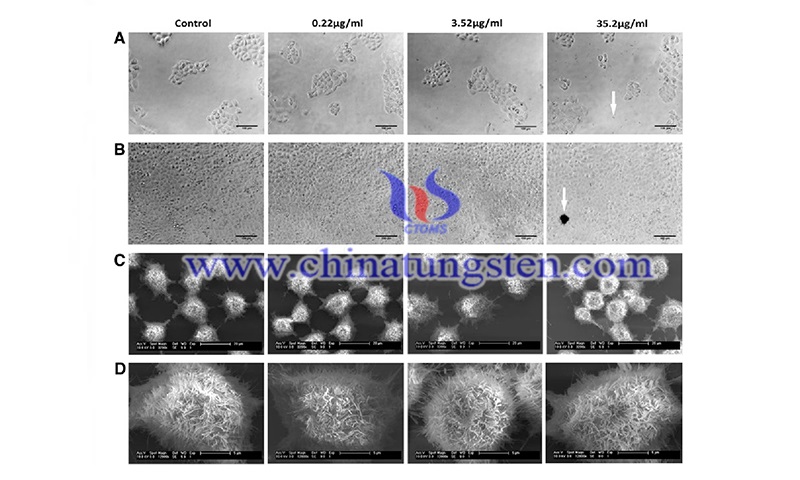
Biocompatibility of tungsten disulfide nanomaterials (WS2NM) such as tungsten disulfide inorganic nanotubes, and fullerene-like nanoparticles with salivary gland cells. There are currently no adequate methods to treat oral diseases due to impaired salivary gland function. The researchers investigated the biocompatibility of WS2 in salivary gland cells. In the study, multi-walled inorganic nanotubes (INT- WS2) and inorganic fullerene-like nanoparticles (IF WS2) were synthesized in a reactor that can be used at high temperatures.
WS2NM-Based Nanocarriers and Application in Tissue Engineering
- Details
- Category: Tungsten Information
- Published on Tuesday, 16 August 2022 22:45
- Hits: 634
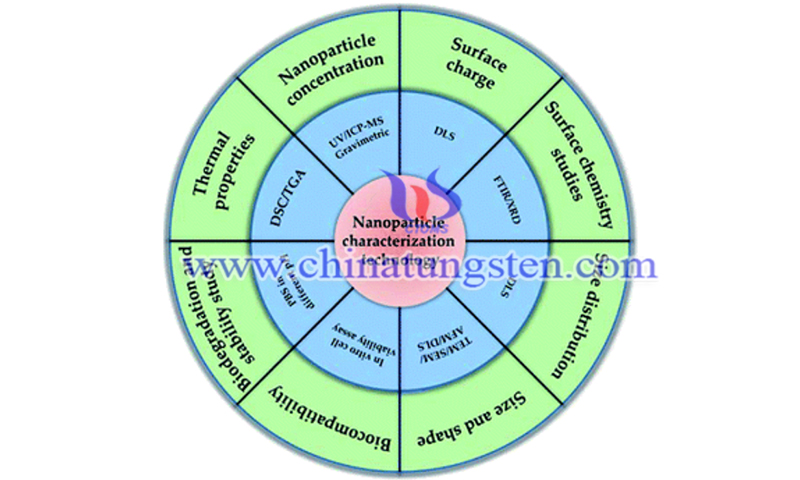
Recently, WS2NM-based nanocarriers have been developed in drug delivery systems, which also promote their application in tissue engineering. Due to the electrical properties of WS2, researchers have designed tungsten disulfide nanomaterials (WS2NM)-based electro-responsive drug delivery systems. Conventional drug delivery systems, such as oral and injectable, require higher concentrations of drugs to see therapeutic effects, and administering too much of the drug can lead to side effects in some patients.
Application of Tungsten Disulfide Nanomaterials in Bioimaging and Radiotherapy
- Details
- Category: Tungsten Information
- Published on Tuesday, 16 August 2022 22:41
- Hits: 647
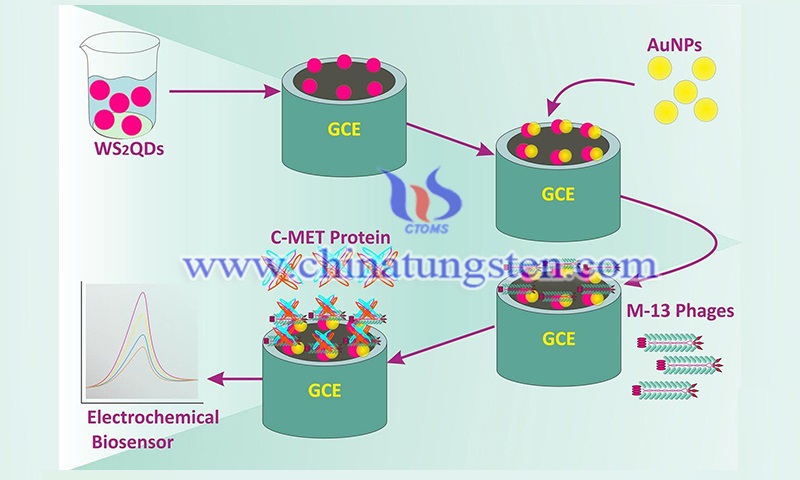
The high atomic number and near-infrared absorption of tungsten disulfide quantum dots (WS2-QDs) (3 nm and 28 nm) of tungsten disulfide nanomaterials enable their synthesis as enhancers for X-ray computed tomography (CT)/photoacoustic imaging (PA), boosting their applications in bioimaging and radiotherapy.
Tungsten Disulfide Nanomaterials for Applications of Optical Biosensors
- Details
- Category: Tungsten Information
- Published on Friday, 12 August 2022 18:46
- Hits: 685
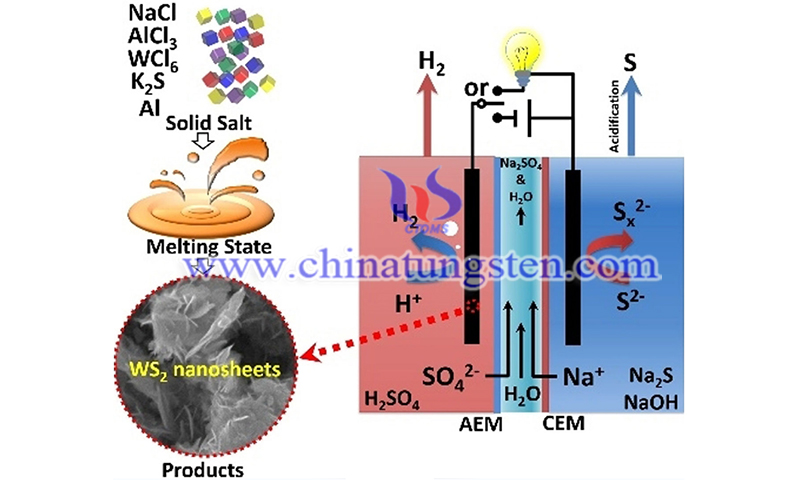
With the development of nanotechnology, tungsten disulfide nanomaterials (WS2NM) have been a new choice for optical biosensors. Researchers reported the use of a simple method to create a hybrid material consisting of WS2 nanosheets and hydroxylated MWCNTs (WS2/MWCNTs-OH). The substrate was screen-printed carbon electrodes (SPCE), which has the advantage of requiring minimal cost and being disposable and energy efficient. Modification with WS2/MWCNTs-OH composites improved the rate of sensitive and selective behavior.
Tungsten Disulfide Nanomaterials (WS2NM) for Biosensors – Ⅱ
- Details
- Category: Tungsten Information
- Published on Thursday, 11 August 2022 11:19
- Hits: 640
Tungsten disulfide nanomaterials can be successfully used in biosensors and nanomedicine, such as observation of DNA hybridization, enzymes, and proteins, as well as environmental contamination and medical diagnostics. For a long time, electrochemical biosensors, such as semiconductors and screen-printed electrodes, have been used for various applications in numerous fields.
Tungsten Disulfide Nanomaterials (WS2NM) for Biosensors - Ⅰ
- Details
- Category: Tungsten Information
- Published on Thursday, 11 August 2022 11:12
- Hits: 650

Tungsten disulfide nanomaterials (WS2NM) are new nanostructures that could be a new option for biosensors. Bio-sensors were developed as a combination of bioreceptors and sensors and are classified according to their elements. They are usually classified into three categories based on the transducer, including electrochemical, optical, and electrical conductivity methods. Meanwhile, the classification of biomarkers is based on molecules, cells, and tissues.
Application of Tungsten Disulfide Nanomaterials (WS2NM) in Biosensors and Nanomedicine
- Details
- Category: Tungsten Information
- Published on Thursday, 11 August 2022 11:07
- Hits: 599
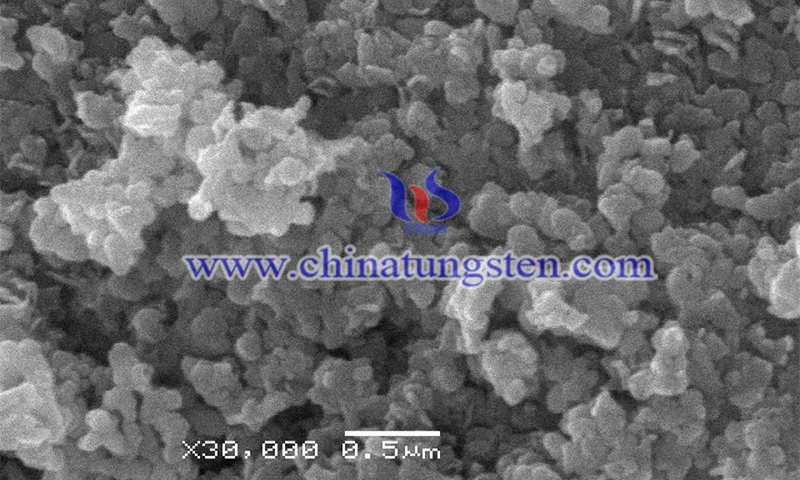
Tungsten disulfide nanomaterials (WS2NM) are new nanostructures that could be a new option for biosensors and nanomedicine. Tungsten disulfide (WS2) is a transition metal disulfide. Recently, WS2NM such as WS2 nanotubes, nanoparticles, quantum dots, and WS2-based nanocomposites have been used in several medical and bioscience studies.
100 Years of Doped Tungsten Wire Ⅳ- Scientific Background of Doped Tungsten Wires and Outlook
- Details
- Category: Tungsten Information
- Published on Wednesday, 13 July 2022 19:43
- Hits: 635
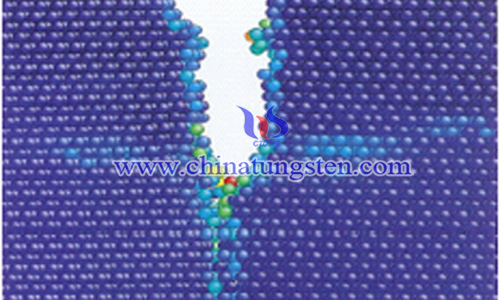
Scientific background of doped tungsten wires
The systematic and purposeful doping of tungsten oxide powders was already patented in 1922. However, the doping of elemental potassium and its role in the formation and stabilization of creep-resistant recrystallization intercalated microstructures was only understood after 1964, when new tools for scanning and transmission electron microscopy and new instruments for surface analysis, especially Auger-Electron-Spectrometry (AES), could be used to perform modern microstructural and chemical analysis of nanometer-sized aggregates. Modern microstructural and chemical analyses were performed.
100 Years of Doped Tungsten Wire Ⅲ - The Invention of Hard Metals
- Details
- Category: Tungsten Information
- Published on Wednesday, 13 July 2022 19:17
- Hits: 639
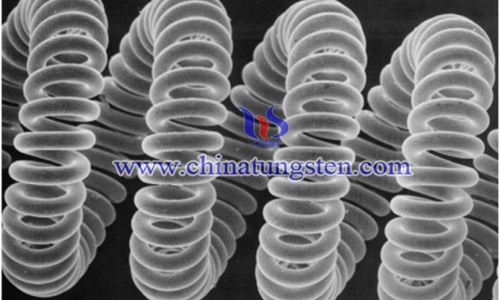
The Invention of Hard Metals
The next important milestone in the chronology of the development of doped tungsten wires is 1923, which marked the year when K. Schröter, chief engineer of the OSRAM research group in Berlin, Germany, made a cemented carbide or hard metal by combining tungsten carbide (WC) and cobalt powder through mixing, pressing and liquid-phase sintering.
100 Years of Doped Tungsten WireⅡ- The Coolidge Process
- Details
- Category: Tungsten Information
- Published on Wednesday, 13 July 2022 19:07
- Hits: 651
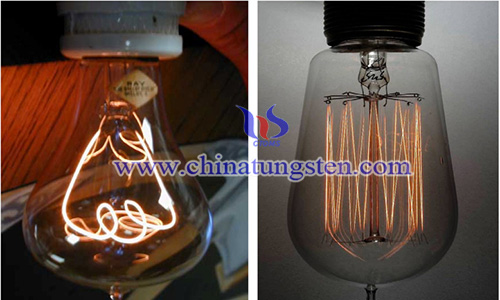
The Coolidge Process
William D. Coolidge (1873-1975), Figure 8, began his career at GE's research laboratory in September 1905. Interestingly, Coolidge's first task was to investigate the cause of the rapid breakage of the filament of the German tantalum lamp when operating under alternating current, most likely due to the limitations of the lamp's cavity technology and the residual gas in the bulb.




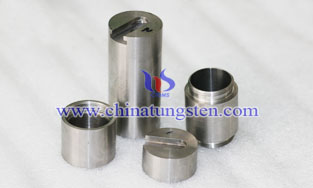


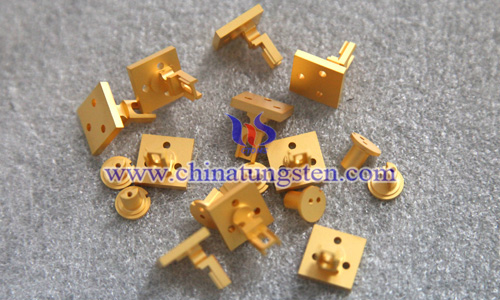
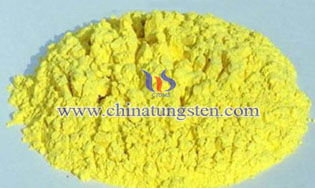
 sales@chinatungsten.com
sales@chinatungsten.com